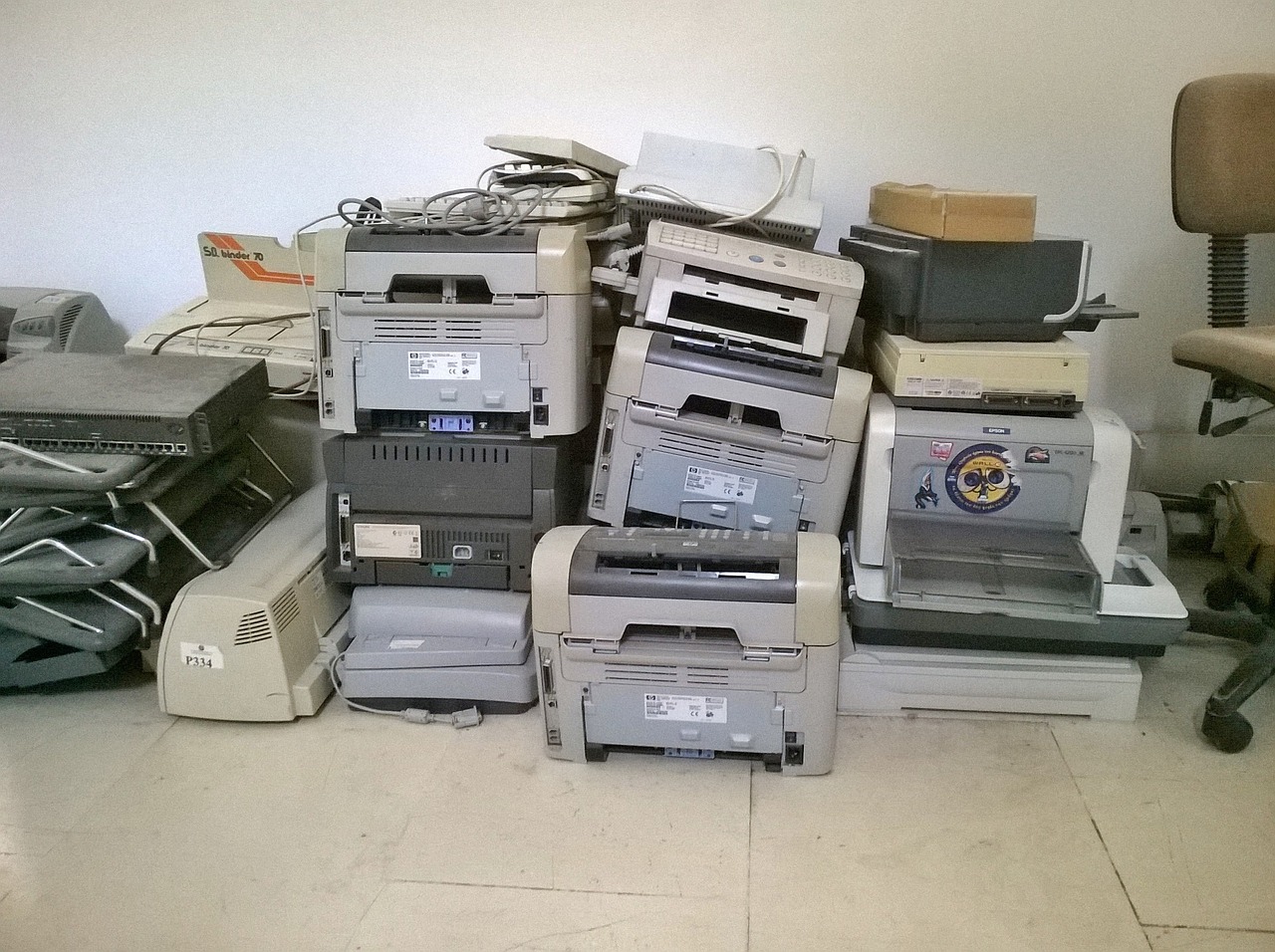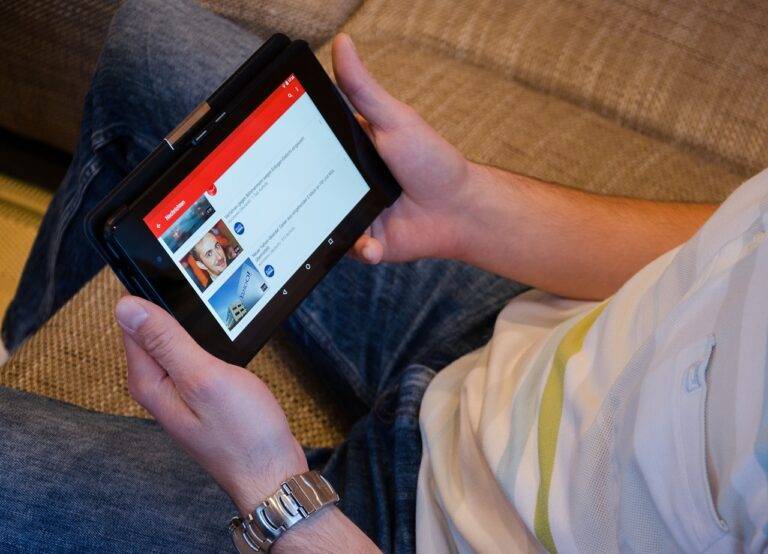The Role of Tech in Financial Inclusion and Banking the Unbanked
Access to banking services plays a significant role in promoting financial inclusion and economic empowerment. By providing individuals with the ability to securely store their money, access credit, and make electronic transactions, banking services help in fostering financial stability and growth for both individuals and communities. Without access to formal banking services, individuals are often left vulnerable to financial insecurity, making it difficult to save for the future or access financial resources when needed.
Furthermore, access to banking services facilitates greater participation in the formal economy, allowing individuals to build credit histories, access investment opportunities, and engage in a wider range of financial activities. For many individuals, having a bank account is essential for receiving wages, paying bills, and conducting everyday financial transactions efficiently. By expanding access to banking services, institutions can help bridge the gap between the unbanked population and the formal financial system, ultimately promoting economic development and reducing poverty levels.
Challenges Faced by the Unbanked Population
Access to banking services remains a significant challenge for a large proportion of the global population. One primary obstacle faced by the unbanked population is the lack of physical bank branches in remote or underserved areas. This spatial disparity restricts individuals from opening accounts, conducting financial transactions, or accessing essential banking services, thereby exacerbating financial exclusion in certain regions.
Moreover, for many unbanked individuals, traditional banking services are often unaffordable due to high fees and account maintenance costs. This financial burden further alienates marginalized communities from the formal banking sector, pushing them towards more expensive alternative financial services. As a result, the unbanked population is forced to rely on less secure and more costly methods to manage their finances, perpetuating a cycle of financial vulnerability and limited economic opportunities.
– Limited physical bank branches in remote areas
– Difficulty in opening accounts and conducting transactions
– Financial exclusion in certain regions due to lack of banking services
– Affordability issues with traditional banking services
– High fees and account maintenance costs
– Push towards expensive alternative financial services
The challenges faced by the unbanked population highlight the urgent need for innovative solutions to bridge the gap between marginalized communities and formal banking institutions. Initiatives such as mobile banking, digital wallets, and agent banking have shown promise in expanding financial access to underserved populations. By leveraging technology and fostering partnerships between public and private sectors, it is possible to create more inclusive financial systems that cater to the needs of all individuals, regardless of their socio-economic status or geographic location.
– Innovative solutions like mobile banking and digital wallets
– Agent banking initiatives
– Partnerships between public and private sectors for inclusive financial systems
Advancements in Fintech Solutions
In recent years, the rise of financial technology, or Fintech, has revolutionized the way individuals and businesses access banking services. Fintech solutions have made it easier for the unbanked population to participate in the formal economy by providing alternative ways to save, borrow, and make payments. These innovative technologies have transformed traditional banking services, offering digital solutions that are more accessible, efficient, and cost-effective.
One of the key advancements in Fintech solutions is the development of mobile banking apps and digital wallets. These tools have enabled individuals to manage their finances conveniently from their smartphones, without the need for physical bank branches. Additionally, Fintech companies are leveraging blockchain technology to enhance security and transparency in financial transactions, further increasing trust and accessibility for users.
How are advancements in fintech solutions improving access to banking services?
Advancements in fintech solutions are allowing for more convenient and affordable ways for individuals to access banking services, especially for those in underserved communities.
What are some common challenges faced by the unbanked population?
The unbanked population often faces obstacles such as lack of physical bank branches in their area, high fees associated with traditional banking services, and difficulty in meeting minimum balance requirements.
How do fintech solutions help address the challenges faced by the unbanked population?
Fintech solutions offer alternatives to traditional banking services, such as mobile banking apps, digital wallets, and peer-to-peer payment platforms, which provide more accessible and affordable options for the unbanked population.
Can advancements in fintech solutions help bridge the financial inclusion gap?
Yes, advancements in fintech solutions have the potential to bridge the financial inclusion gap by offering innovative and user-friendly banking services to individuals who have been historically underserved by traditional banking institutions.





